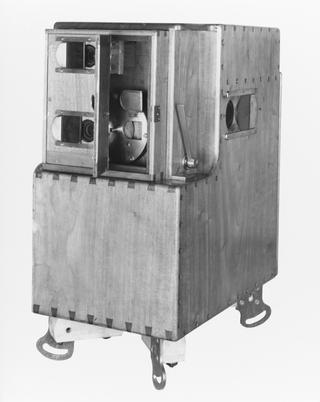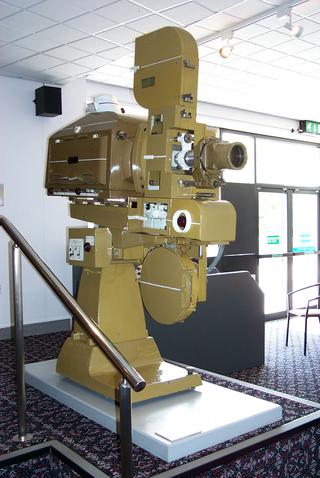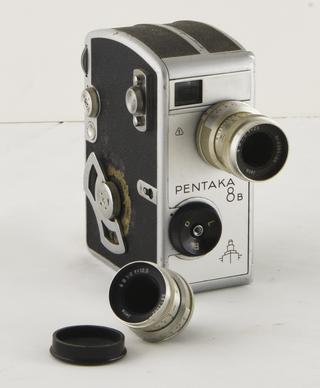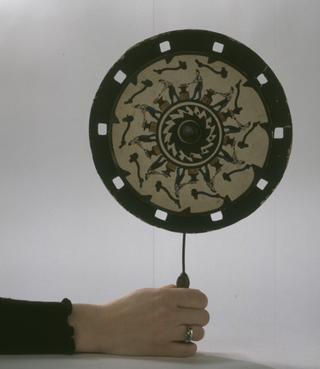Biokam film
Can of unopened positive 17.5mm photographic film for Biokam camera/projector, 25 feet.
More
One of the first cameras specifically designed for the amateur market, the Biokam could be used to take both still and moving images. It was first demonstrated to the London Camera Club by T C Hepworth in 1899 and was advertised as 'a combined Cinematograph & snapshot camera, Printer, Projector, Reverser and Enlarger'.





